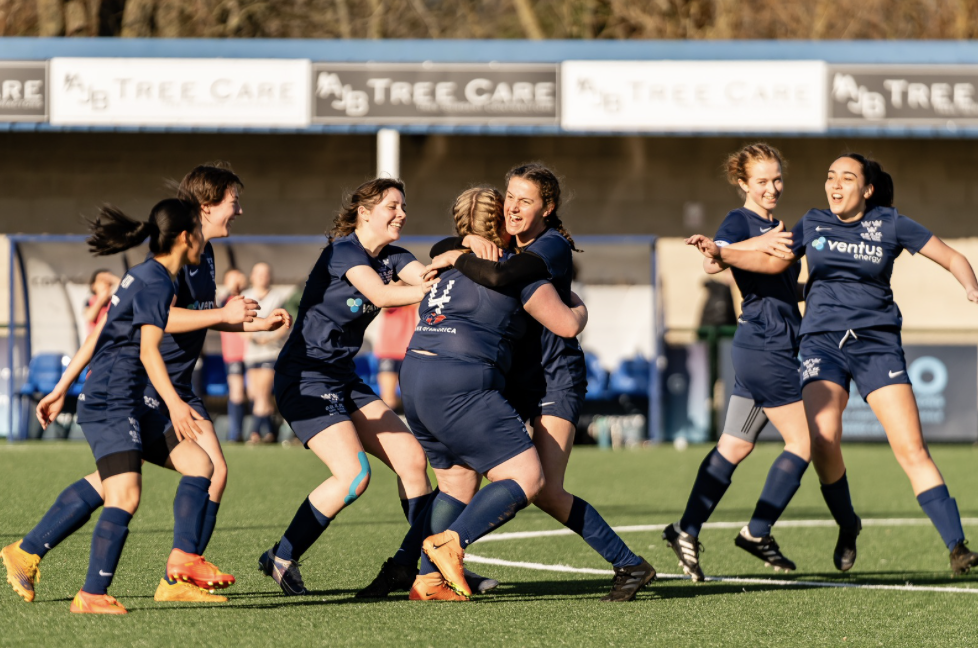
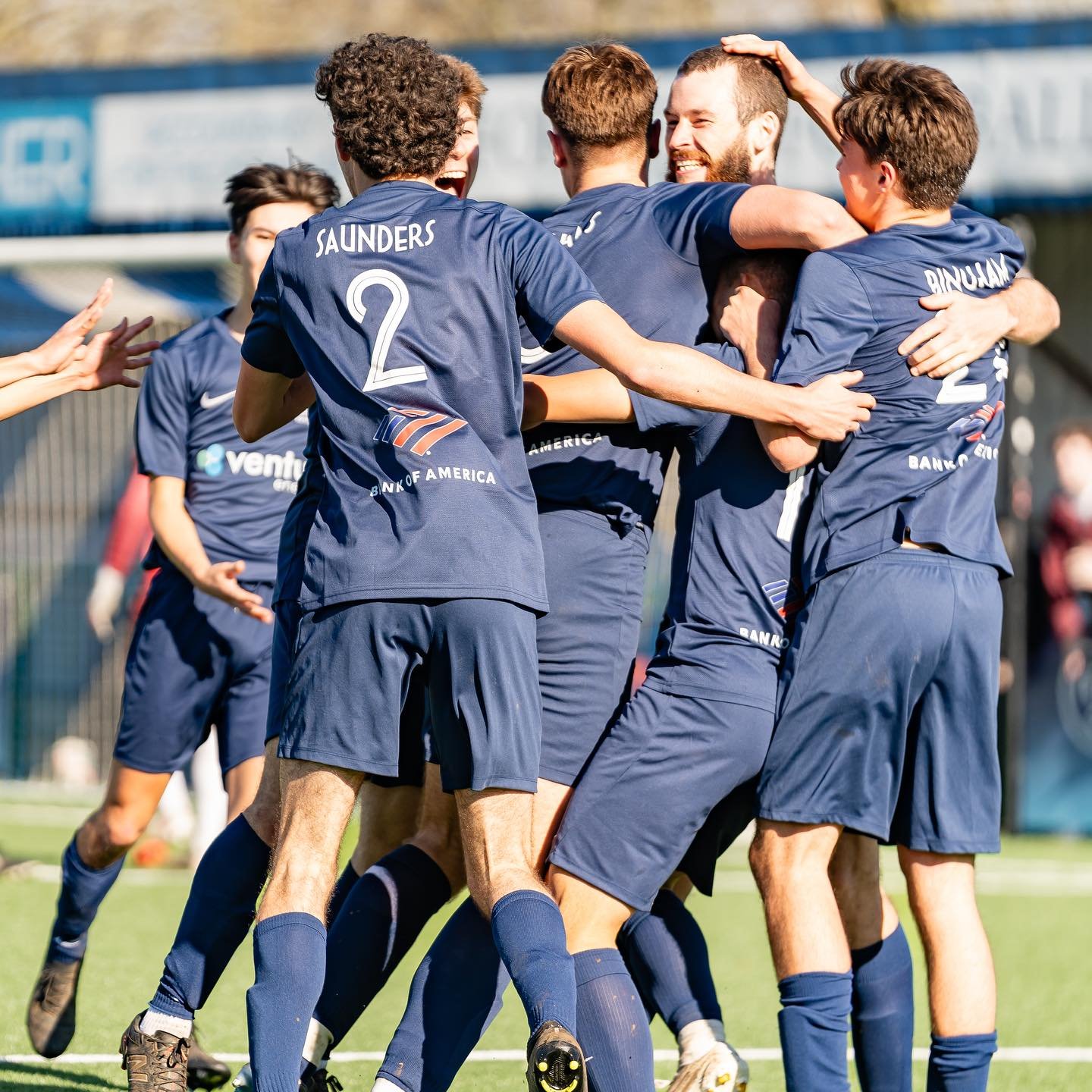
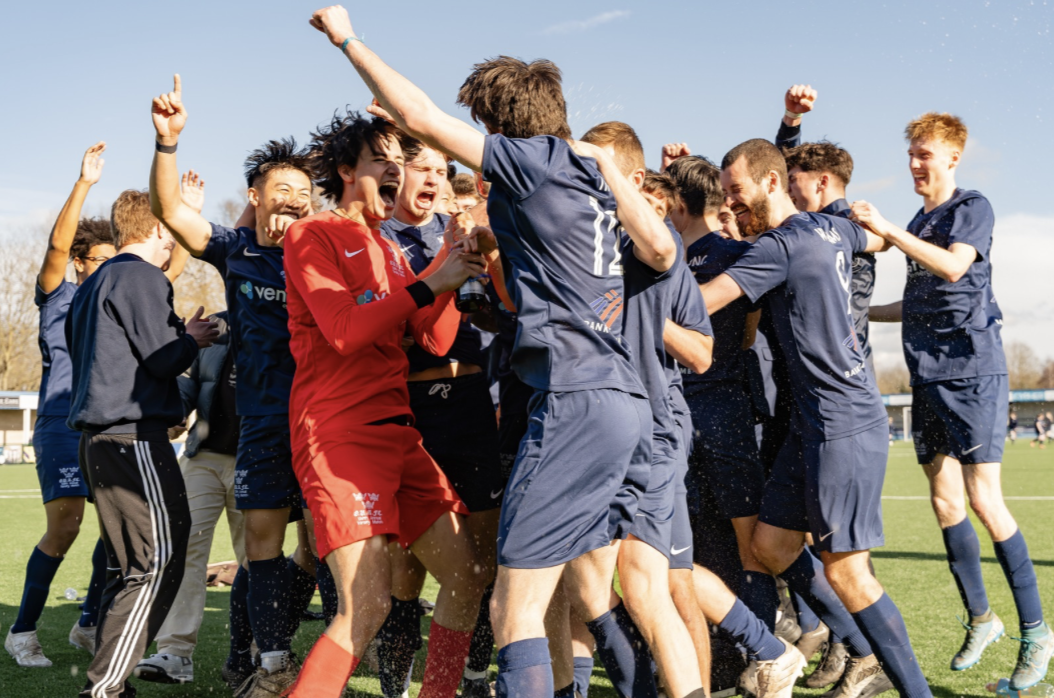
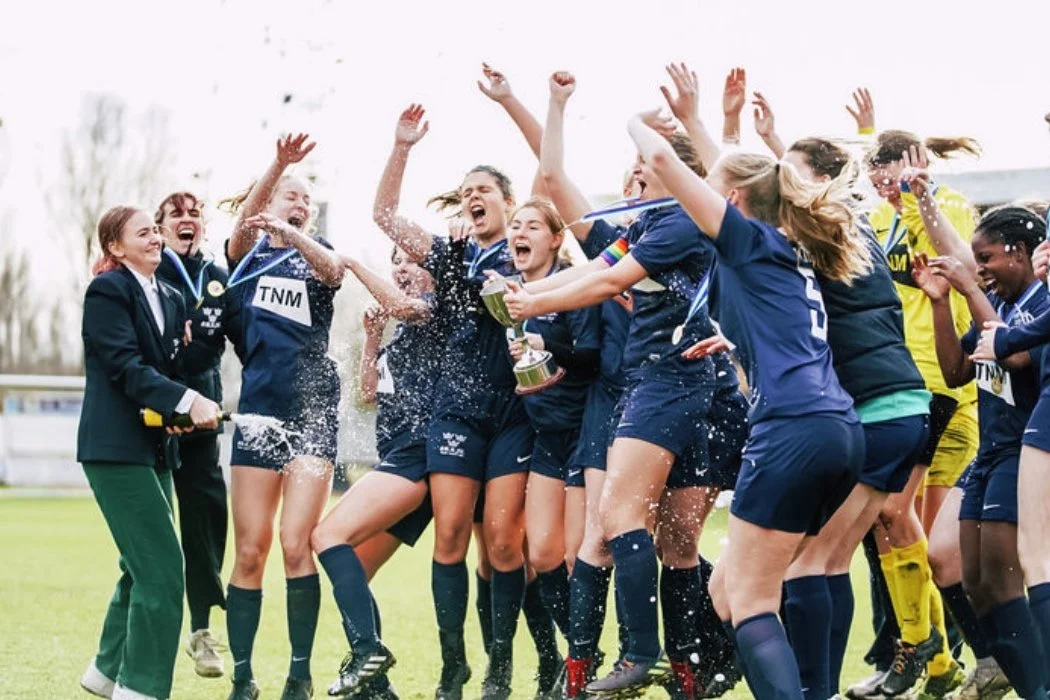
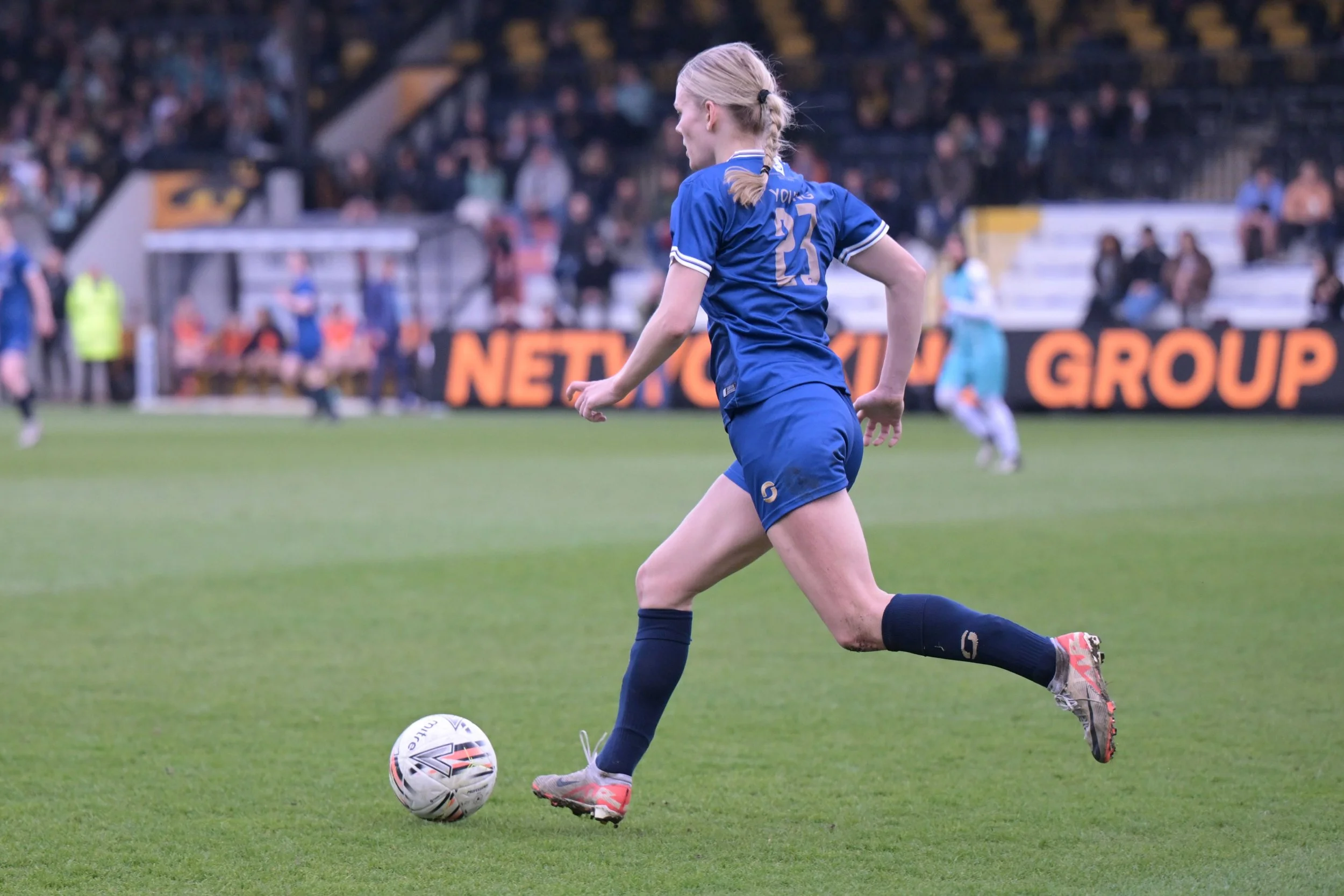
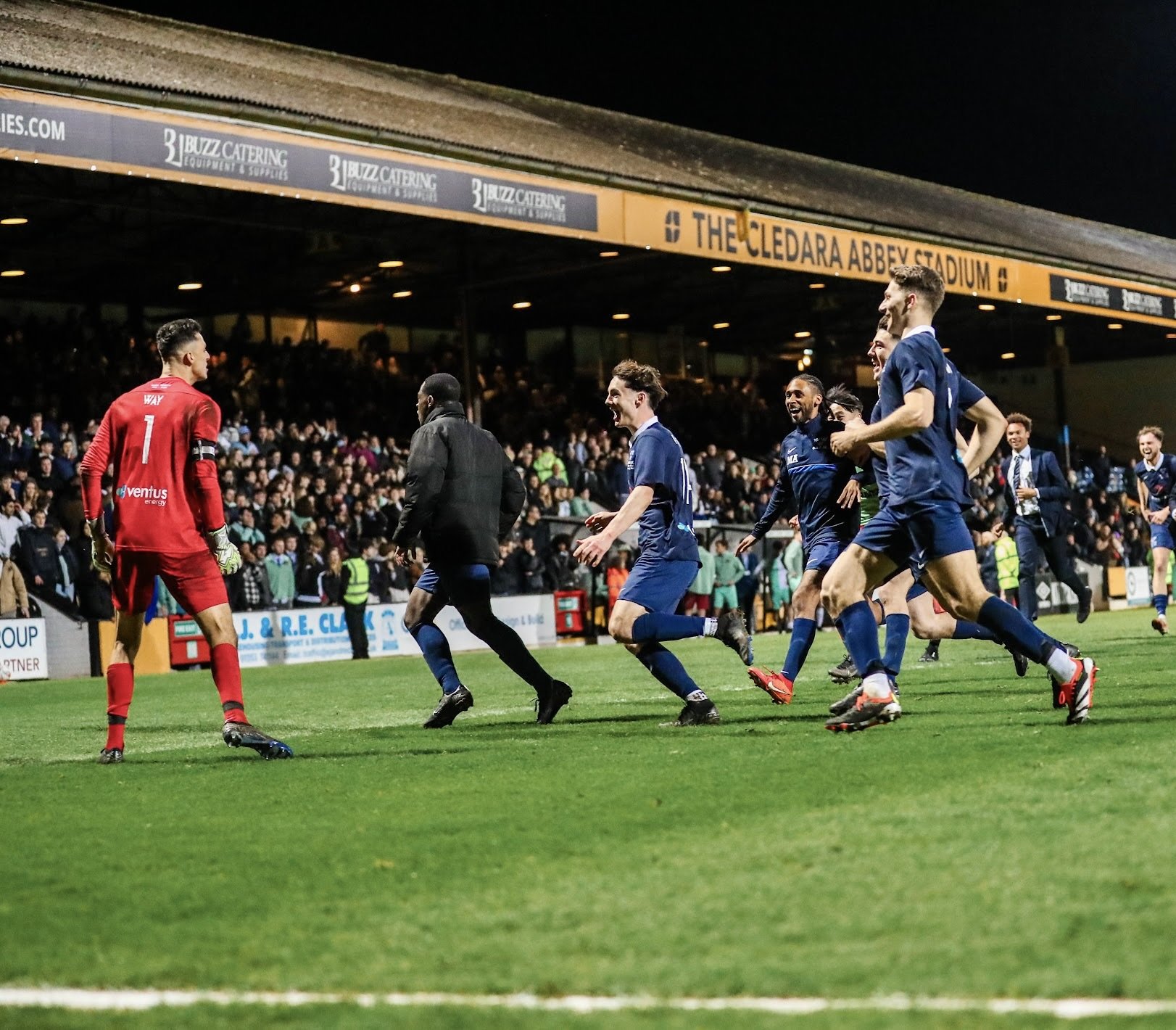
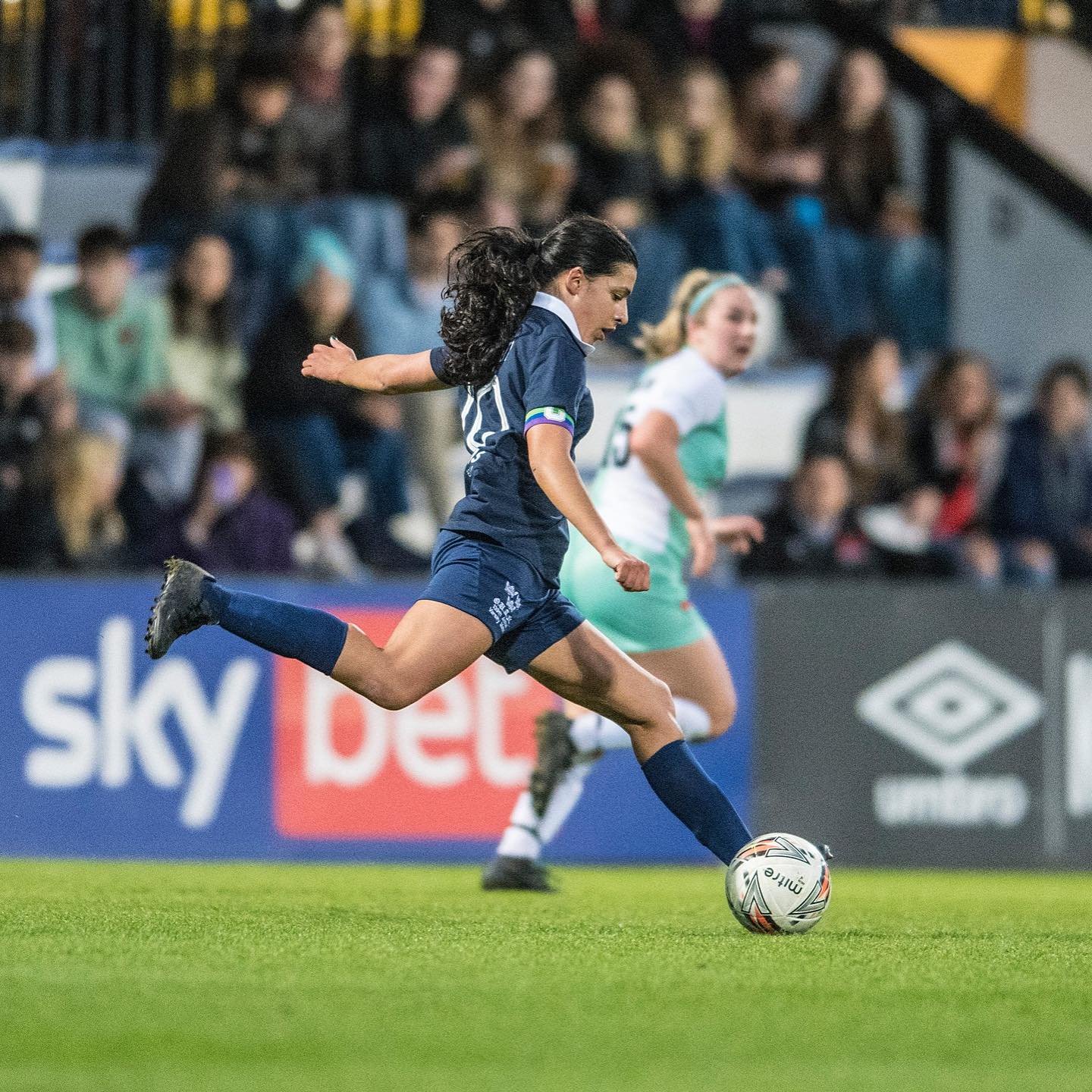

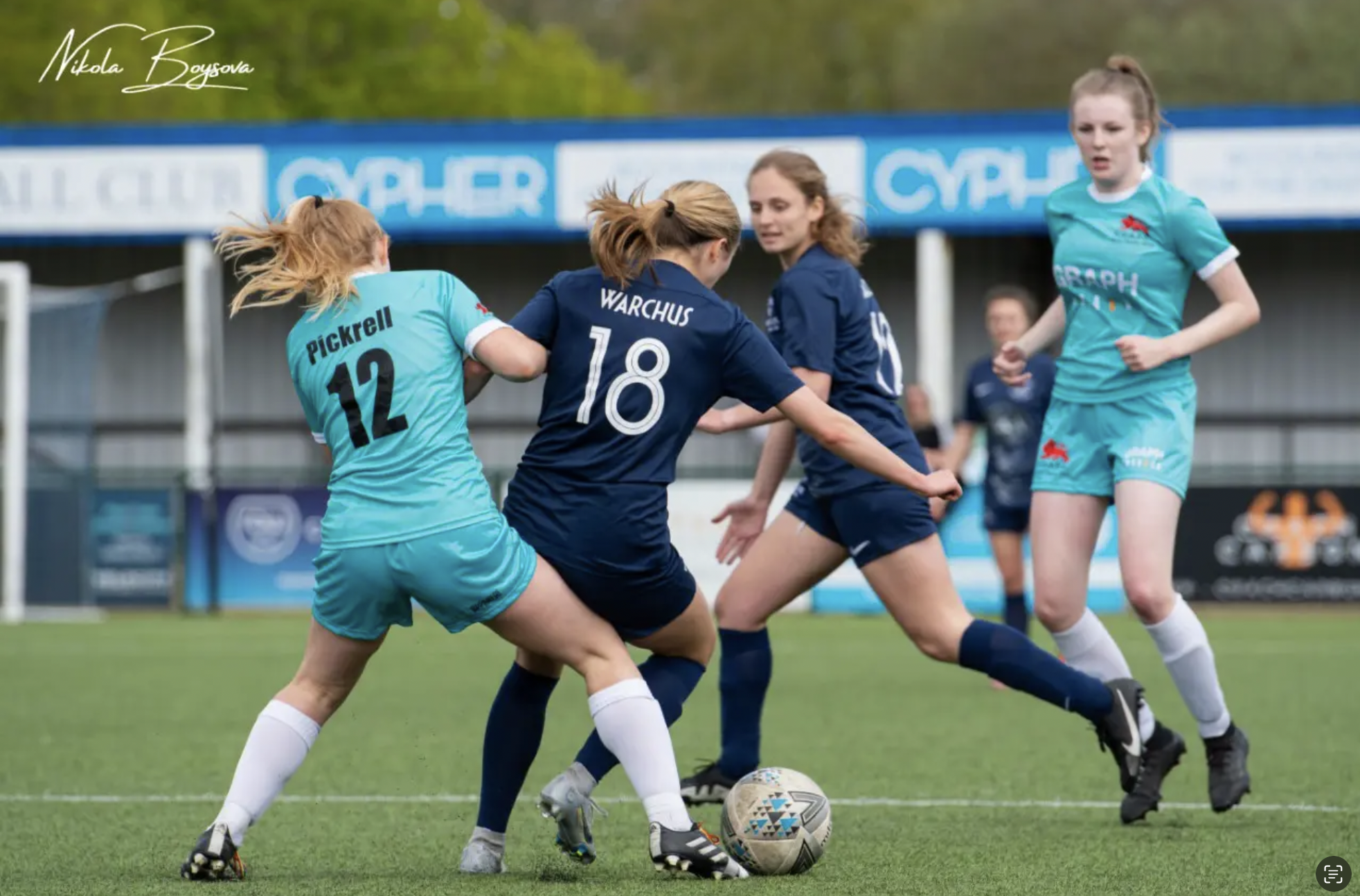
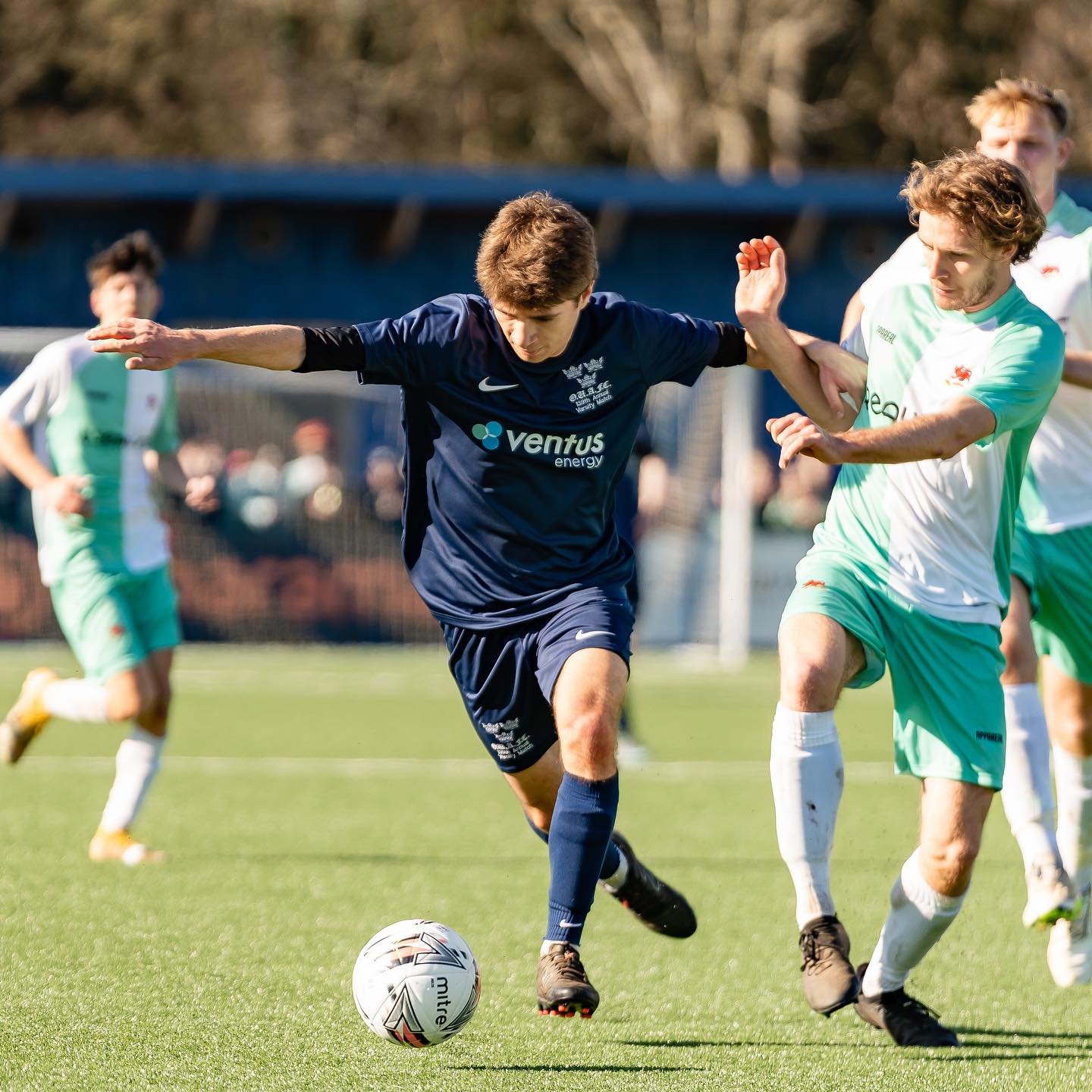
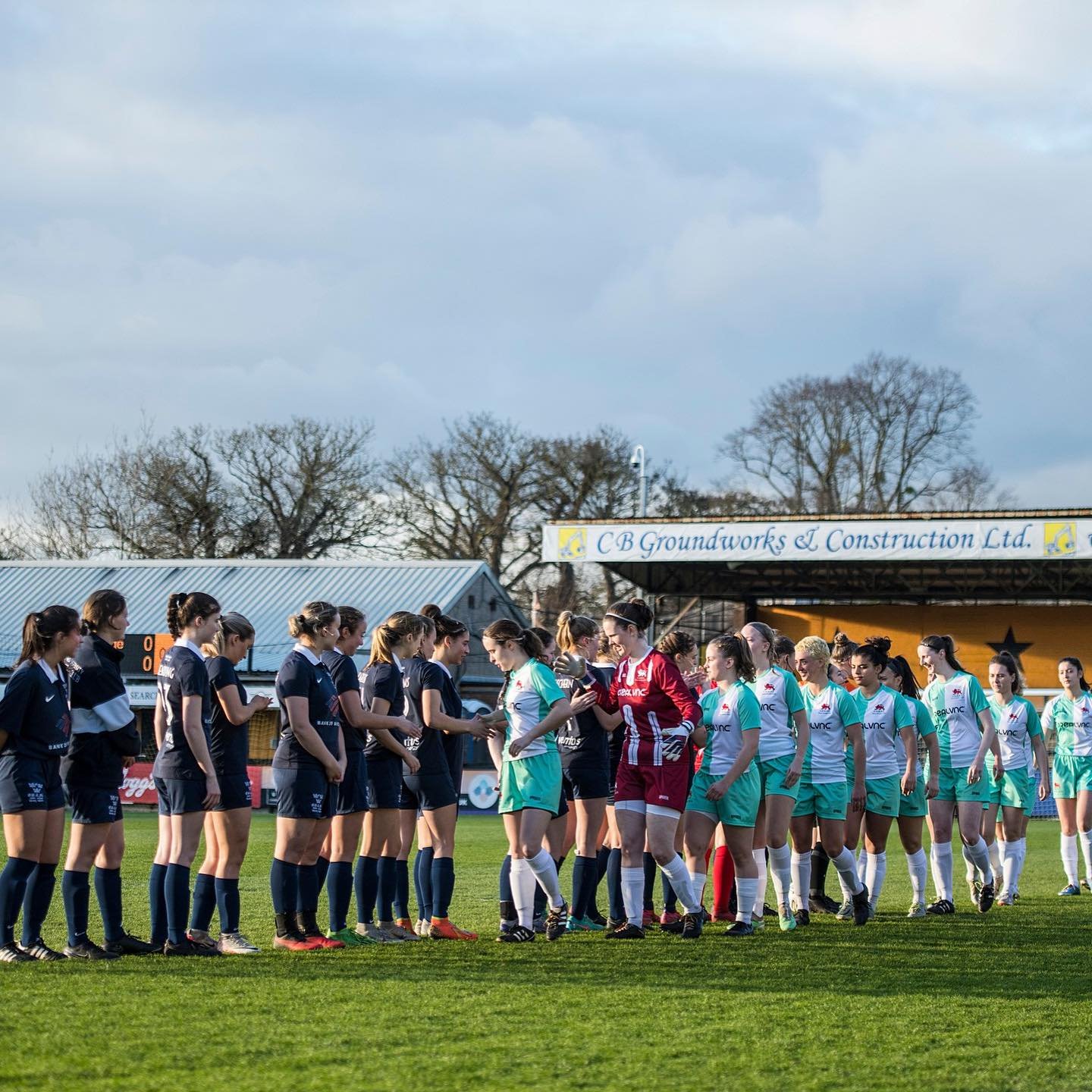

Varsity Matches
“The man who began the Varsity match tradition was Charles Wordsworth of Christ Church, Oxford, who in June 1827 arranged a two-day cricket match against Cambridge at Lords. The first Boat Race between the two universities followed in 1829, and was rowed over 2 and a quarter miles between Hambleden Lock and Henley Bridge. The second Boat Race was not until 1836 which was rowed over more than double the distance, from Westminster Bridge upstream to Putney Bridge. It was in this race that one of the Cambridge oarsmen tied a light blue ribbon to the bows of the Cambridge boat (the colours of his school, Eton College). The colour dark blue was then ascribed to Oxford because it is the colour of Christ Church College, and the Oxford crew sported white jerseys with dark blue stripes during the race. These colours have remained over the years and even now student-athletes represent Oxford in dark blue and Cambridge in light blue, with first teams in both institutions generally know as 'the blues' in most competitive sports [1].”
Every year OUAFC competes against Cambridge University in the Varsity match, one of the oldest regular fixtures in world football. The men’s match has been played annually since 1873, while the first women’s match was played in 1986. Breaks in the Varsity match have only occurred during the First World War and in 2020 due to the COVID-19 outbreak. Those who compete in the Varsity match receive the much sought-after full blue in addition to playing a part in the history of one of football’s longest-running rivalries. The first double header was played in 2017 – and the tradition for the men and women to play back to back has continued ever since.


